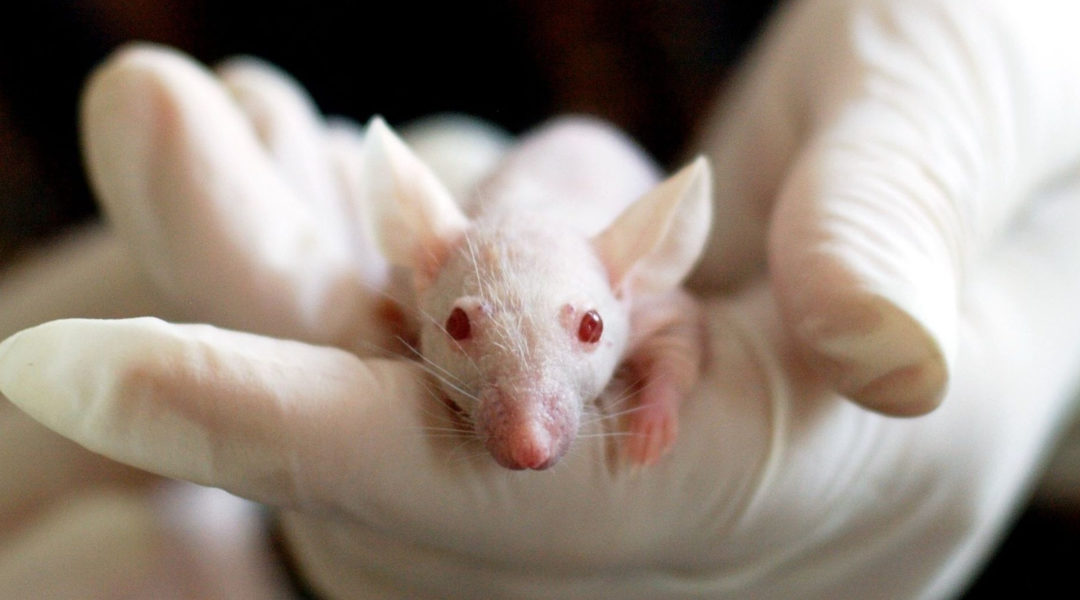Every human has hair loss, some suffer from permanent hair loss leading to balding to bald patches. They are most commonly a result of aging but can also be caused by medical conditions.
An experiment conducted on mouse hair follicles by Dr. Ru Yi, Northwestern University’s Professor of Pathology, showed that the conventional idea of stem cells replenishing hair and then eventually exhausting and dying at the same spot was misleading. Rather, the stem cells escape the structures that house them in the hair of aging animals, whether mice, dogs, or humans. The study also helped identify the two genes involved in the aging process of hair. Through that, scientists may be able to create healthy and positive hair loss prevention measures.
Aging seems like a simple process, but it is rather complex when studied in depth. For instance, hair follicles undergo cyclical periods of growth in which a bulge, also known as a group or population of stem cells, continues to divide and grow into hair cells. Since these cells give rise to the hair shaft and sheath, they become inactive over time- faster than human body hair than the hair on the head- and the lower part completely degenerates.
Every time the hair growth cycle is repeated, the shaft is replaced by new hair on the head. In simpler words, every time a follicle dies, the stem cells or bulge is ready to replace it with new hair.
What surprised Dr. Ru Yi and his team, who were observing the hair follicles in an aging mouse’s ear, is that rather than dying or exhausting inside the bulge, the stem cells changed their shape from round to irregular and squeezed out of the follicle spaces; in short, escaped after a certain period of time.
There’s still no definite hypothesis of where the stem cells go after they’ve been squeezed out of the follicle opening, but Dr. Ru Yi believes that the immune system might consume them. The entire pathology team aims to somehow imprison these escaping stem cells in aging mice and come up with a solution for human hair loss in old age.

